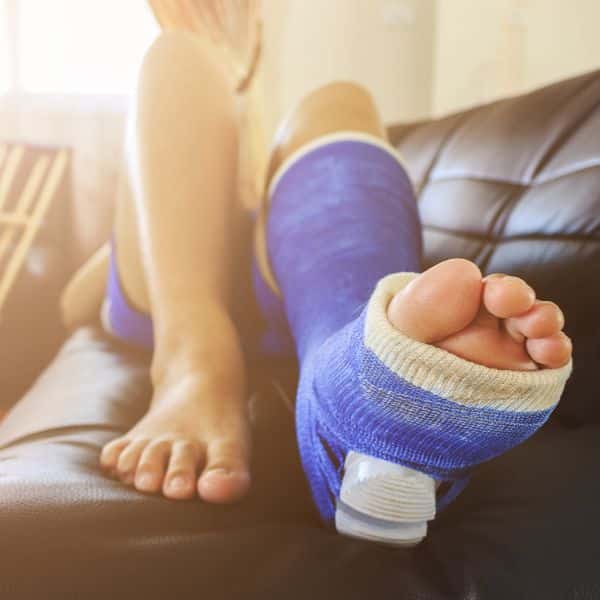
Runner’s knee is the nemesis of runners everywhere – whether you’re a seasoned pro or new to the sport. With the potential to set back your training for months, it’s a tricky injury to recover from. Here’s what you need to know about what it is and how to get over it as quickly as possible.
Runner’s Knee Is A Catch-All Term…
It’s used to describe any knee pain that stems from running. It can be caused by a number of conditions, such as anterior knee pain syndrome, patellofemoral malalignment or iliotibial band syndrome. Symptoms of runner’s knee include dull, aching pain around or behind the kneecap, swelling, popping or grinding in the knee or acute pain on the outside of the knee, depending on the condition that is causing the pain.
The pain may be so severe that you are unable to run, or it may be a more bearable ache.
Treating Runner’s Knee
It is often possible to treat runner’s knee at home, although if you have very severe pain or swelling you should visit your GP.
To help the pain at home, you can try RICE therapy. This involves:
- Rest: Stop exercise (don’t try to run when you have knee pain) and try to avoid putting weight on the injury.
- Ice: Apply an ice pack for 20 minutes every two to three hours.
- Compression: Use a bandage or knee brace to support the injury.
- Elevate: Keep the injury raised on a pillow.
If this doesn’t work, or the pain gets worse, see your doctor.
Avoiding Runner’s Knee In The Future
There are several things you can do to reduce your chances of experiencing runner’s knee in the future:
1. Wear The Right Shoes
It is important to wear shoes that suit your gait. These will help to make sure that pressure is placed on the right part of your knee. Booking a biomechanical assessment is a good idea – this will pinpoint any misalignments with your bone structure and you can get orthotics to correct this.
2. Warm Up And Cool Down
It is important to stretch properly before you start running. This warms your muscles up and helps to prevent injury. Stretch lightly and then walk or jog gently for five or 10 minutes before you start running. You can cool down by slowing your pace for the last five or 10 minutes.
3. Build Up Gradually
Don’t be tempted to try running too far, too quickly. It is far better to build up slowly and give your body a chance to get used to the distances first. Remember that when you start training again after an injury, your endurance will have dropped, so take your time and build back up.
4. Book A Musculoskeletal Therapy Appointment
If you frequently experience injuries when running, a Musculoskeletal (MSK) Therapist will use movement and manual based therapeutic interventions (a kind of physical therapy) to help you to recover from injury, prevent it in future and restore you to optimum fitness.
You can book your appointment online at Northwich Foot Clinic in Cheshire.




